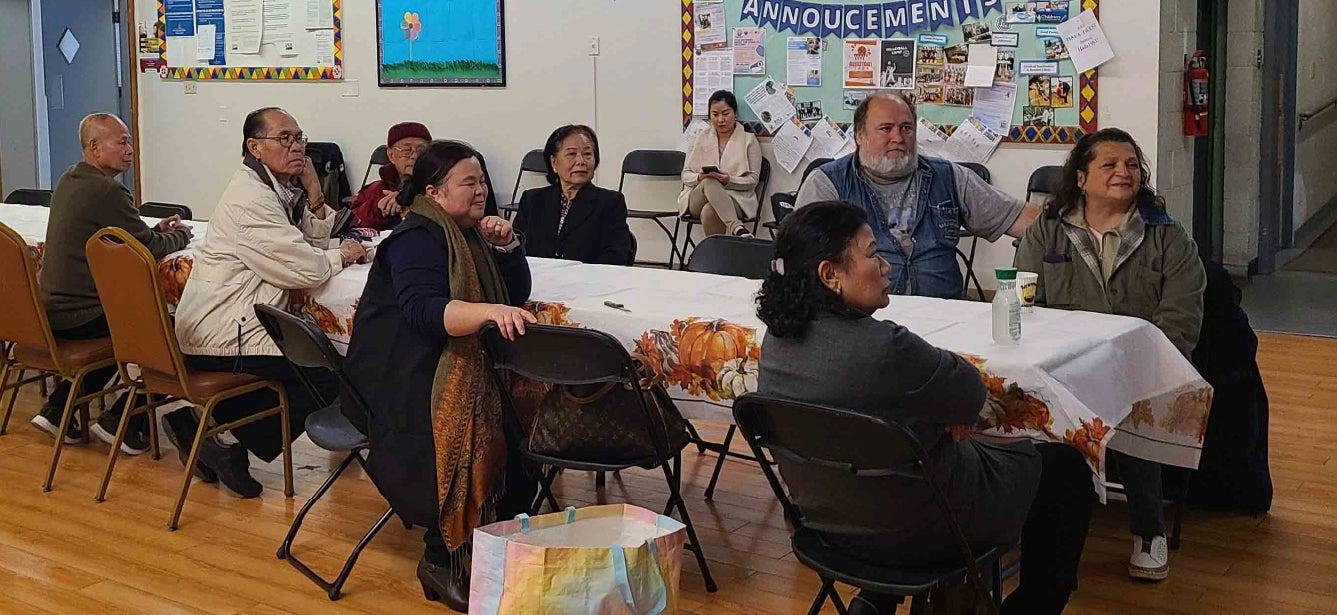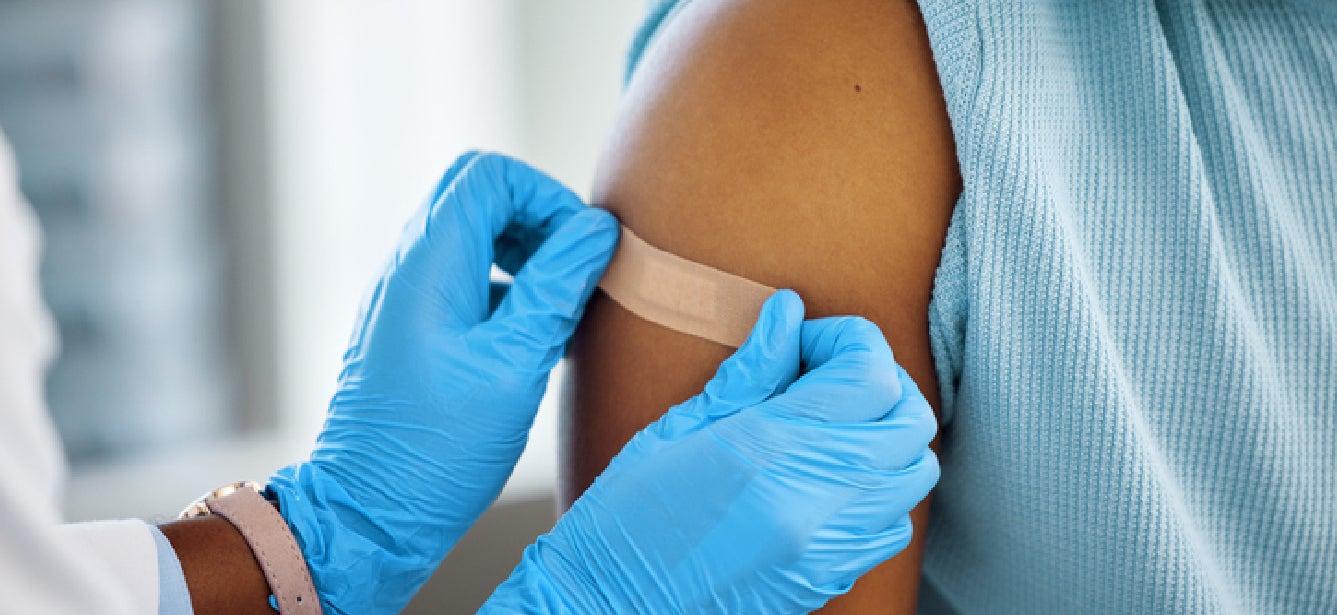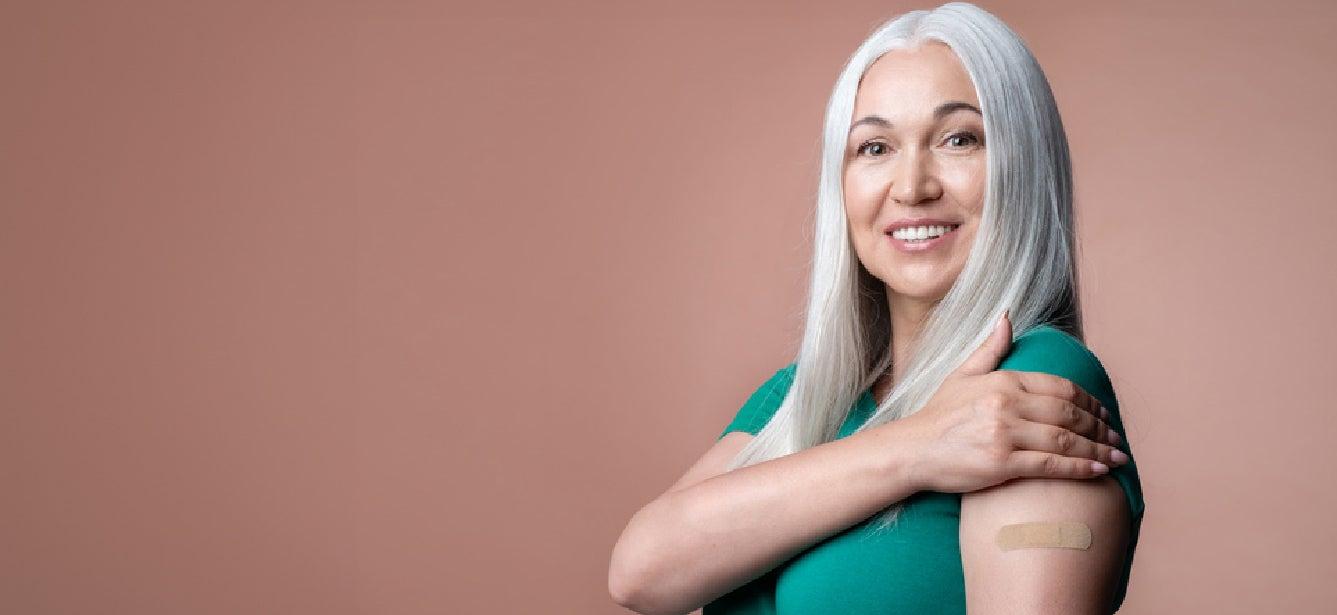Overcoming Sociocultural Barriers to Boost Vaccination in Milwaukee’s Hmong Community
5 min read

When a 71-year-old Hmong woman arrived at the Hmong American Friendship Association (HAFA) in Milwaukee to get her COVID shot, the staff was surprised. She was from Appleton—a town 90 minutes away.
“The woman said she felt more comfortable going to a center that knows her culture and speaks her language,” said Lo Neng Kiatoukaysy, HAFA Executive Director. “She was scared. One of her sons had passed away from COVID. She wanted to go somewhere she’d feel at home.”
Stories like this are a testament to the reach and success of HAFA’s recent COVID and flu vaccination campaign, funded by a Vaccine Uptake Initiative grant. Although they set out with a goal of administering 500 vaccinations to local Hmong elders, the organization overcame formidable barriers to exceed their goal.
Who are the Hmong people?
The Hmong people are an indigenous group in East Asia and Southeast Asia, many of whom fled to the U.S. as refugees after the Vietnam War. They continued to immigrate to America in a series of waves until the early 2000s. In Wisconsin, Hmong Americans are the largest Asian ethnic group, making up 29% of the total Asian population. As of 2019, there were roughly 58,000 Hmong living in the state.1
The Hmong American cultural system is patriarchal and clan based. Within the community, there are 18 distinct clans. Clans play a vital role by exercising legal authority, offering social support, and ensuring economic security among members.
Due to a complex mix of factors, the Hmong have faced poverty, educational inequity, and health disparities for decades. This population’s high rates of chronic illness (e.g., diabetes, asthma, hypertension, and heart and lung issues) are linked to the underutilization of formal health care services and delays in seeking critical health interventions. Use of preventive care is low. During the COVID pandemic, the health barriers facing the Hmong people were amplified. Many of these persist today, creating challenges in vaccine access and uptake.
What are some of the barriers to vaccine uptake in the Hmong community?
Below are common obstacles to vaccine access for Hmong elders:
- Sociocultural beliefs and practices: The Hmong’s health behaviors are highly influenced by their traditional views on health and disease, which encompass both natural and supernatural causes. Herbal or spiritual treatments are usually the first line of defense for illness, with Western health care services used only as a last resort.
- Medical mistrust: This deep mistrust stems from negative experiences with the health care system, discrimination, and historical factors. Conspiracy theories still linger (e.g., the government made the COVID vaccine to shrink or eliminate certain populations) and contribute to ongoing vaccine hesitancy.
- Misinformation: There have been many COVID myths and inaccuracies circulating in the Hmong community since the pandemic began. These include falsities about remedies to prevent and treat COVID (e.g., ingesting opium or drinking lemongrass and ginger). Early on, many Hmong believed a past COVID infection eliminated the need to get vaccinated. Others thought that visiting a provider to get a COVID shot posed a dangerous health risk.
- Language and cultural barriers: These practical barriers, along with low health and digital literacy, have made it challenging for Hmong elders to get accurate and up-to-date COVID information.
- Transportation: Many older adults in this population have no way of getting to and from vaccination clinic sites or providers’ offices.
What steps did HAFA take to help more Hmong elders get vaccinated?
The success of HAFA’s vaccination campaign relied on several key components, including:
Working directly with Hmong clan leaders
With an emphasis on respecting and recognizing the social structure of the Hmong community, HAFA worked closely with 18 clan leaders to start identifying vaccination candidates.
The Hmong clan leaders were amazing in mobilizing the Hmong elders to participate in this program,” said Kiatoukaysy. “They were instrumental in bridging the trust needed to make this program a success.”
To engage as many Hmong elders as possible, HAFA organized monthly community gatherings; made phone calls; networked with local senior centers; and collaborated with home health care providers, Asian businesses, churches, other non-profits, and food pantries. Additionally, education and community organizing training were provided to Hmong leaders so they could effectively communicate with their clan members.
Conducting educational outreach
HAFA developed bilingual flyers that were disseminated through the Hmong clan leader structure, door to door canvassing, Asian businesses, churches, and HAFA’s food pantry program. They also posted regularly on their website and Facebook page with COVID and vaccine clinic information. Vaccination events were advertised via street billboards as well.
One notable outreach strategy was creating monthly Centers for Disease Control and Prevention (CDC) COVID-19 update videos in the Hmong language, which were published on YouTube. Twelve videos were created over a period of 12 months.
Holding on-site vaccination clinics
HAFA collaborated with local partners to have clinics at their Milwaukee center. A total of 15 on-site clinics were conducted during the project period.
Setting up a mobile clinic
The organization approached one of their partners and asked to use their mobile clinic van to visit Hmong senior centers and administer vaccinations. Two mobile clinics were held, and both received enthusiastic response from the community.
HAFA also administered COVID and flu vaccines from a booth at major events, such as their annual health fair, various job fairs, and the Milwaukee Hmong New Year celebration, where 75 vaccines were given.
Paving the way for future successes
Although HAFA encountered some challenges along the way, their thoroughness and persistence ultimately paid off. At the project’s conclusion, the organization conducted outreach and education to more than 10,000 people, and 607 Hmong elders received their COVID and flu vaccinations.
HAFA plans to continue their work using lessons learned from this project and the goodwill they’ve established. “By working with the Hmong clan leaders, we could disseminate information to our clients faster and with trust,” Kiatoukaysy explained. “This built a stronger bond between our agency and the Hmong community."
To learn more about the Hmong American Friendship Association, visit their website or follow them on Facebook. You can also browse NCOA’s resource library for the latest information on COVID and older adults.
Sources
1. PBS Wisconsin. Living in Wisconsin: 'Hmong people are truly American, if not more American than most Americans.' April 13, 2022. Found on the internet at: https://pbswisconsin.org/news-item/living-in-wisconsin-hmong-people-are-truly-american-if-not-more-american-than-most-americans/



